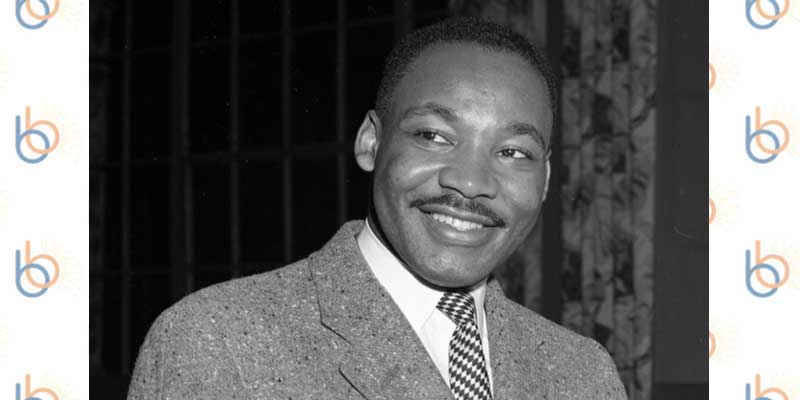Study Skills
Teaching Early Math Skills

It’s common to hear preschoolers reciting alphabet letters or numbers. Many can recite or “count” to 10 on their own. Is this really counting? Does it actually teach them anything about math? Research shows that this ability is simply memorization and doesn’t teach them to count or learn the relationship between a number and the amount of objects any more than reciting the alphabet teaches phonics sounds. So, how should you teach them?
Give Real Examples
For a child to understand math skills at a young age, they need to experience actual number sense. Instead of showing them the number, having them trace it, and recite it back to you, give them an object, like a toy car, so they can associate the number to an actual amount. Then give them another one, counting as you add or subtracting as you take away. When they begin to learn in real-life situations like this, they begin equating a specific situation to a specific number.
Sort
By age two, toddlers have the ability to sort or organize and even subitize. This helps to teach them comparisons and form the idea of patterns and relationships. You will see them separate toy animals by kind, color, or size. By teaching your child to count and recognize the number of objects in those small groups and how they relate to one another, you are building their scientific inquiry skills.
Measure
This is continued even more when we draw on a child’s attraction with size. As we work with them to form relationships of bigger and smaller, we can begin to introduce the concepts of measurement, such as miles, inches, and pounds. This is one of the best and simplest ways to teach your child about math, as we use size constantly in everyday life. Using comparisons helps to create a more compounded sense of logic and reasoning in children.
Speak of Space
Also important to early math skills is the language of space. Words like behind, over, under, in, circle, deep, next, front, triangle, etc., not only allow children to understand the world around them better but also teach them spatial representation, giving them a foundation of math vocabulary terms. Make sure to point out spatial relationships when reading books, walking through the park, or even eating dinner.
Picture Patterns
Patterns are largely impactful on a young child’s mathematical abilities. Things like dance, visual art, and movement patterns such as stop, drop, and roll help children to learn about making predictions, guessing and understanding what may come next, and using reasoning skills, which is the basis of multiplication.
Encourage
The most important factor for any child learning math, or any subject for that matter, is a can-do attitude. If a child is to learn and master any skill, they need to believe that they have what it takes to succeed. This attitude of self-efficacy that is learned as a child will most often carry them through their entire life, no matter what situation or subject they are dealing with.
Help provide your child with the skills to succeed, encouraging them to reach their goals. Sometimes, it all begins with just a few math lessons taught at a young age.


